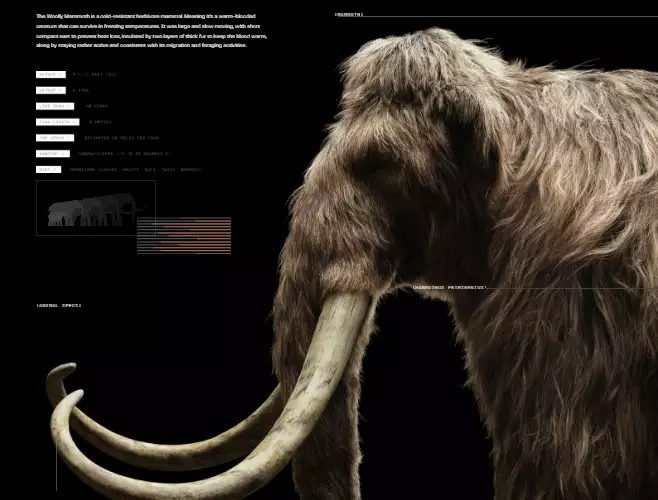A mythical variety of mammoth called the woolly mammoth (Mammuthus primigenius) perished about 10,000 years ago. Scientists plan to revive it.
They were among the last of several mammoth species that went back to the early Pliocene and included Mammuthus subplanifrons. The males were about the size of African elephants, with shoulder heights ranging from 2.7 to 3.4 metres. They allegedly coexisted with early humans, who fashioned tools, artwork, and habitations from of their bones and tusks. Woolly mammoths inhabited the icy tundra of Europe, Asia, and North America about 10,000 years ago.
Dutch explorers found the dodo for the first time in 1598 on the then-uninhabited island of Mauritius. Less than a century later, it went extinct. The dodo was one of the earliest and most obvious cases studies of human-driven extinction. Mainly because of the fatal mix of human hunting and introduced animals like dogs and cats. Also the absence of fear and flight in these birds.
Colossal Biosciences firm plans to revive the extinct animals:
Widespread rumors’ surfaced in 2021 that a company by the name of Colossal Biosciences was an effort to bring the long-extinct animal back to life. The business said in a statement that it had been given $15 million in funds to help fight the issue of extinction.
Colossal Biosciences was said to have begun work on a $74 million genetics program to resurrect the extinct mammoth in July. For the massive gene-editing project that they began in 2021, Colossal Biosciences has also received an additional $60 million in funding.
How does the firm plan to resurrect the extinct creatures?
According to reports, their experts have begun utilising genetics to revive the mastodon. Since 2021, pioneers in DNA sequencing George Church and Harvard Boffin have been eager to resurrect the extinct animal.
In the simplest terms possible, the concept calls for the scientists to introduce genetic material from mammoths into Asian elephants, the mammoth’s closest living relative.
Given that the DNA of the modern Asian elephant and the woolly mammoth is 99.6% identical. Experts believe the breakthrough may come within four years.
For more news, click here.


